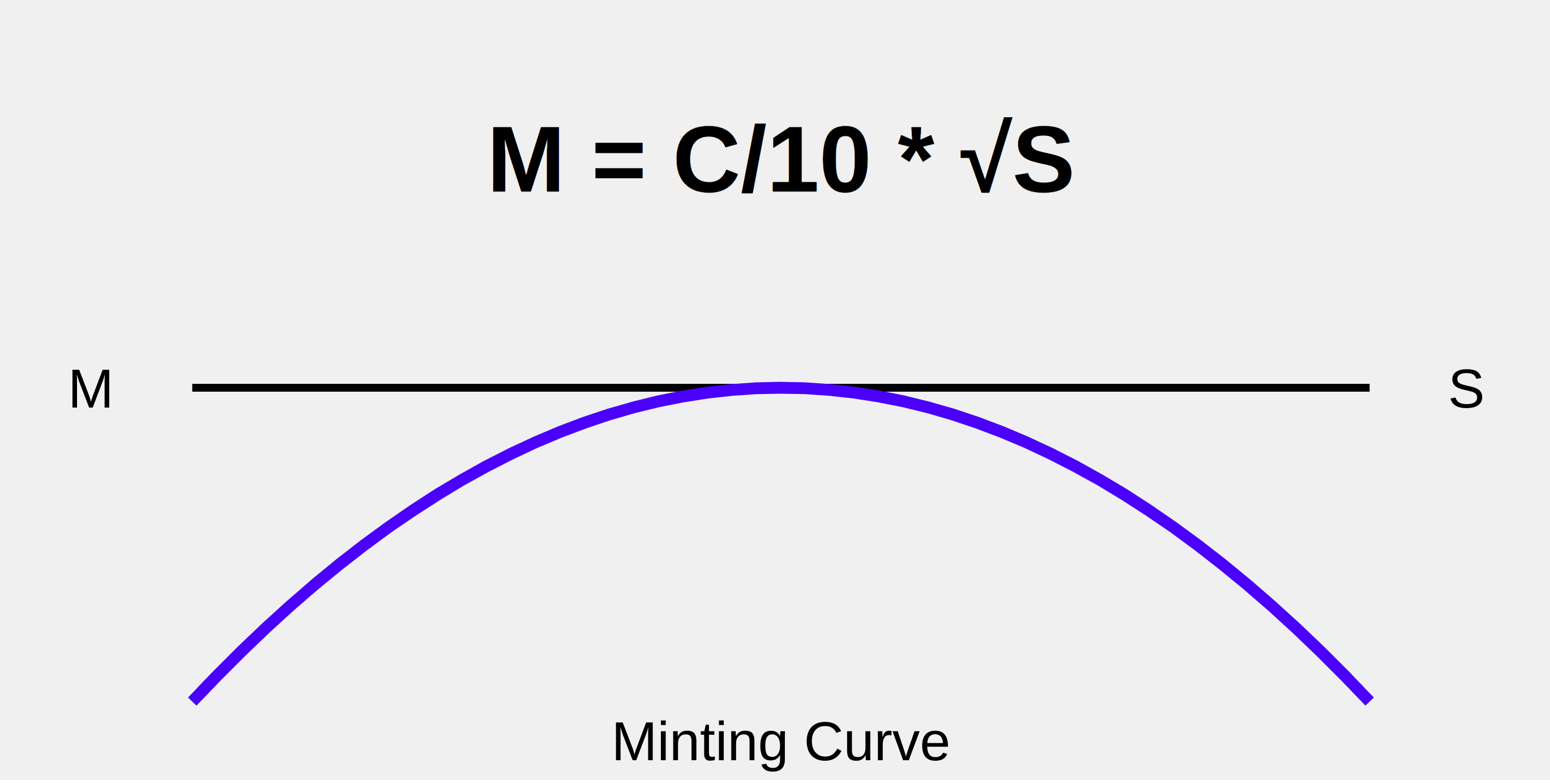Key Insights
- Starknet’s governance vote has approved STRK token staking set for late 2024.
- Staking will feature a 21-day withdrawal lock and an equilibrium between rewards and inflation.
Share this article
Starknet token owners have approved a proposal to introduce staking on the Layer 2 network, representing a crucial step in the platform’s growth and governance.
The proposal, known as “SNIP 18” and put forth by core developer StarkWare, received strong backing during a recent vote on Snapshot’s innovative Snapshot X platform. Of those who cast votes, 98.94% were in favor of implementing staking, while 0.45% abstained, and 0.61% opposed it.
STRK Staking Mechanism
The approved staking mechanism will enable STRK token holders with a minimum of 20,000 tokens to participate as stakers, while others can delegate their tokens. StarkWare CEO Eli Ben-Sasson highlighted the importance of this development, referring to it as a “historic milestone” in the chain’s journey toward full decentralization.
“Being one of the pioneers among Layer 2s to offer this opportunity to its token holders means we are progressing toward creating a network fully governed and operated by the community,” says Ben-Sasson.
The staking feature is expected to be operational on testnet soon, with a mainnet launch anticipated in the last quarter of this year. This timeline presents an immediate opportunity for STRK holders to get ready for their participation in the network’s staking ecosystem.
Distinct Minting Mechanism
A significant element of the approved proposal is the minting mechanism, designed to reconcile staker rewards with inflationary expectations. This mechanism employs a minting curve based on Professor Noam Nisan’s suggestion, defined by the formula M = C/10 * √S, where S signifies the staking rate as a fraction of the total token supply, M represents the annual minting rate, and C is the maximum theoretical inflation rate.


Initially, the value of C will be set at 1.6, but the proposal includes provisions for future modifications. Either a monetary committee established by the Starknet Foundation or the Foundation itself will be empowered to adjust C in a range from 1.0 to 4.0, contingent on staking participation rates.
To guarantee transparency, any modifications to the minting curve constant must be communicated publicly on the community forum at least two weeks ahead, along with a comprehensive justification.
Benefits of Staking STRK
The introduction of staking carries important ramifications for STRK token holders. It offers a chance for greater involvement in network governance, as well as the potential to earn rewards. Nonetheless, the relatively low voter turnout of 0.08% among eligible voters points to the necessity for enhanced community engagement in forthcoming governance decisions.
Looking ahead, Starknet intends to roll out additional governance features and responsibilities for stakers in phases. These may incorporate potential roles in the decentralization of the network’s sequencer and prover, further solidifying the platform’s dedication to decentralization. In recent developments, the Starknet Foundation experienced the resignation of its former CEO, Diego Oliva, in early August.
Functioning as a Layer 2 scaling solution for Ethereum, Starknet employs zero-knowledge STARK proofs to validate off-chain transactions, significantly enhancing transaction throughput. The network is capable of processing up to 100,000 transactions per second at peak times, potentially lowering transaction costs by a factor of 100 to 200.








